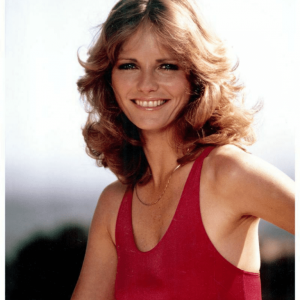Gone with the Wind remains one of the most celebrated films of all time, known for its sweeping cinematography, unforgettable performances, and grand storytelling. However, behind the glamorous façade of this 1939 classic, a much darker reality unfolded. The production was filled with controversies, power struggles, and shocking truths about race, gender, and mental health. From script battles to behind-the-scenes tensions, the making of this epic was anything but smooth.
the controversy over racial language in the script
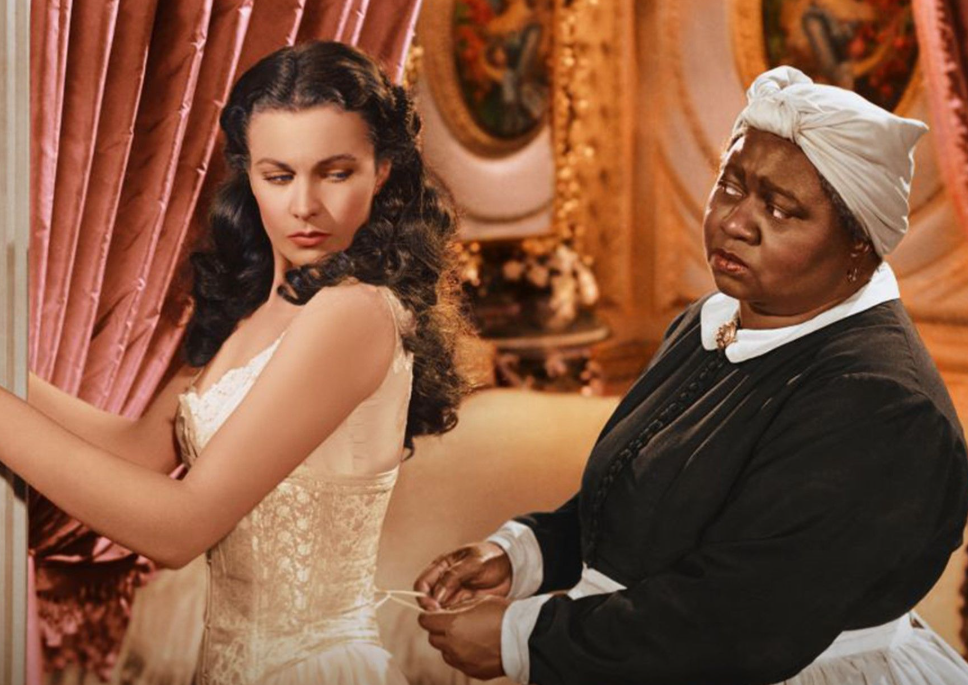
When adapting Margaret Mitchell’s novel, the film’s original script contained racial language that reflected the prejudices of the time. The inclusion of offensive terminology sparked immediate backlash, with African American activists and journalists urging the studio to remove these words from the film.
Under pressure, producer David O. Selznick eventually decided to eliminate certain offensive terms, but not without resistance. Some black actors refused to take part in the film unless changes were made. This debate over language highlighted the deeper struggles of race and representation in Hollywood, a battle that continued for decades after the film’s release.
david o. selznick’s obsession with perfection
David O. Selznick was determined to make Gone with the Wind a cinematic triumph, but his relentless perfectionism came at a cost. The pressure of the project led him to excessive use of Benzedrine, an amphetamine that fueled his erratic behavior. As the production dragged on, Selznick’s addiction worsened, leading to all-night shoots, last-minute rewrites, and obsessive micromanagement.
His unpredictable decisions pushed the cast and crew to exhaustion. In his personal letters, Selznick admitted that the film had drained him physically and emotionally, proving that his commitment to perfection had severe consequences.
the firing of director george cukor
Gone with the Wind underwent a chaotic directorial shuffle, with three directors handling the film. George Cukor, the original director, was fired early in production due to creative disagreements with Selznick.
While the official reason was that Cukor worked too slowly, rumors swirled that Clark Gable played a role in his dismissal. Allegedly, Gable, who had concerns about Cukor’s open homosexuality, refused to work under his direction. The tensions on set led Selznick to replace Cukor with Victor Fleming, who brought a more aggressive directing style that clashed with some of the actors.
Despite his firing, actresses Vivien Leigh and Olivia de Havilland secretly continued seeking advice from Cukor, believing he understood their characters better than Fleming did.
racial segregation at the film’s premiere
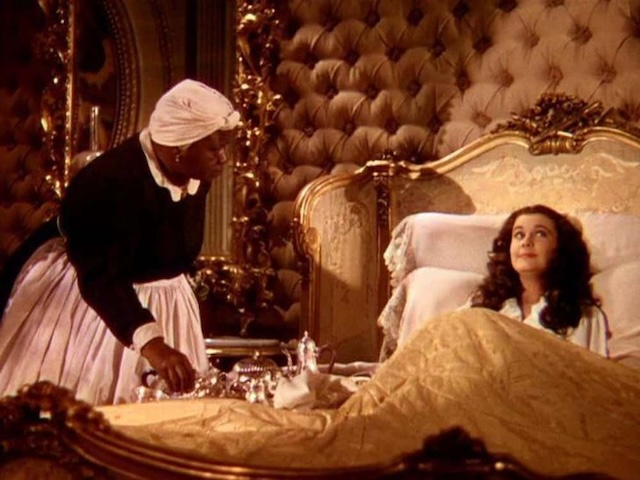
The grand premiere of Gone with the Wind took place in Atlanta, Georgia, in 1939, but racial segregation cast a shadow over the event. Black actors, including Hattie McDaniel, who played Mammy, were barred from attending the festivities due to Jim Crow laws.
While Selznick had hoped to have the entire cast present, local laws made it impossible. Rather than risk further controversy, the studio decided that the black actors would not be part of the official event. This exclusion reflected the deep racial inequalities of the time, despite McDaniel’s historic role in the film.
the chaotic rewriting of the script
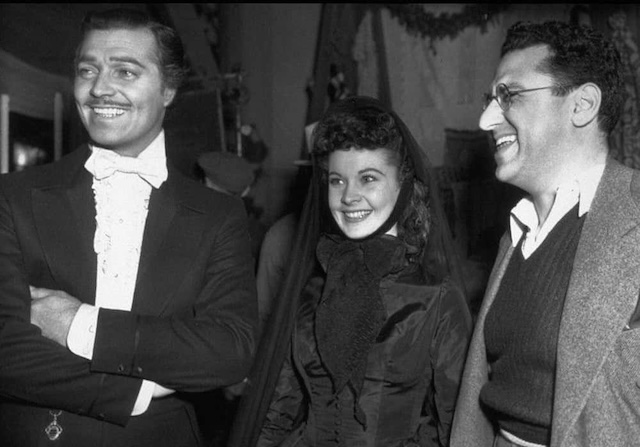
Turning Margaret Mitchell’s 1,000-page novel into a film script was a nearly impossible task. The original writer, Sidney Howard, struggled to condense the material, leading Selznick to bring in Ben Hecht for a complete overhaul.
Hecht, who had not read the book, was given only five days to rewrite the script. In desperation, Selznick locked himself, Hecht, and director Victor Fleming in a room with minimal food, forcing them to work non-stop. This frenzied writing session resulted in a rushed yet functional script, but the pressure and exhaustion took a toll on everyone involved.
clark gable’s resistance to the role
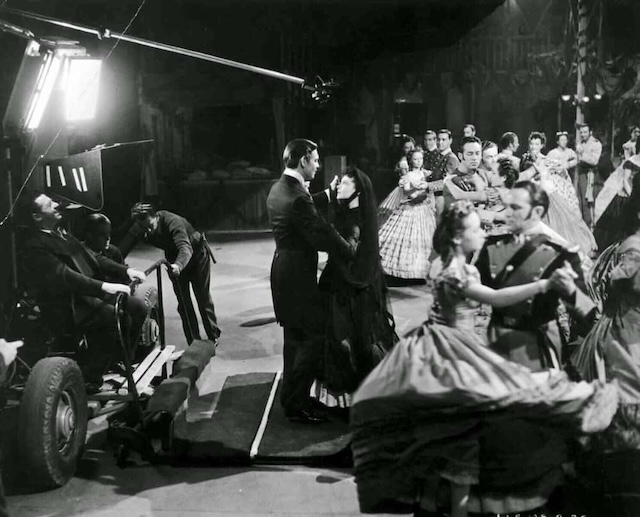
Clark Gable, cast as the charming yet ruthless Rhett Butler, was not thrilled about taking the part. He had been in the middle of a difficult divorce and only accepted the role due to financial necessity.
Gable also refused to adopt a Southern accent and resisted emotional scenes, believing it would make his character appear weak. In one key moment, where Rhett breaks down in tears, Gable initially refused to perform. It was only after Olivia de Havilland persuaded him that he agreed to film the scene, delivering one of the most memorable performances of his career.
the fight against segregation on set
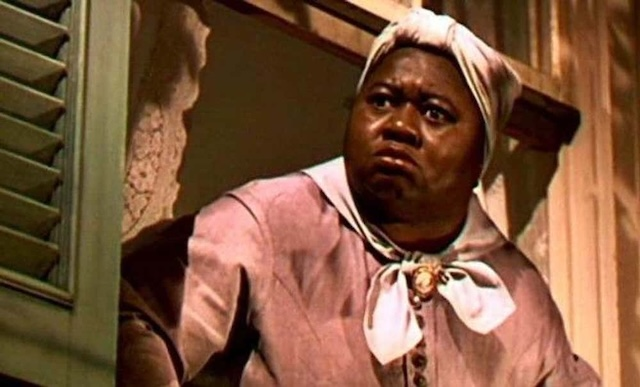
Despite the film’s controversial portrayal of race, one incident on set challenged the segregation that still existed in Hollywood. Black actors were initially assigned separate bathrooms, an injustice that did not sit well with Clark Gable.
When extra Lennie Bluett informed Gable of the segregation, the actor was outraged. He threatened to quit the film unless the signs were removed, forcing director Victor Fleming to take action. Gable’s intervention helped to dismantle some of the discriminatory practices on set, though much larger racial injustices remained in the industry.
hattie mcdaniel’s oscar win and hollywood’s hypocrisy
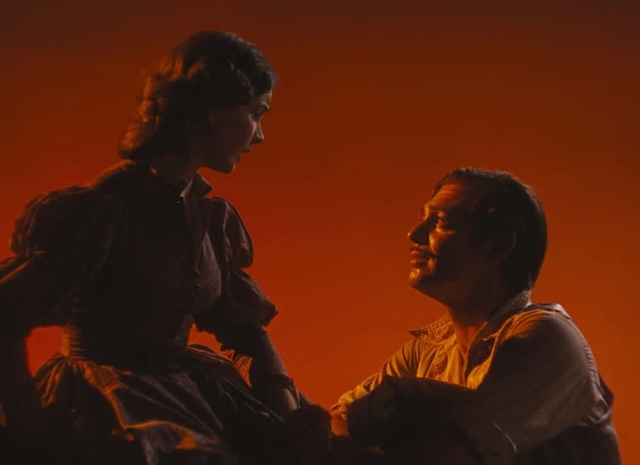
Hattie McDaniel made history as the first African American to win an Academy Award for her role as Mammy. However, her victory was bittersweet.
At the 1940 Oscars, McDaniel was required to sit at a segregated table at the back of the room, separate from her white co-stars. Despite her groundbreaking win, she continued to face discrimination in Hollywood, struggling to find meaningful roles beyond stereotypical maid characters.
Her win marked progress, but it also highlighted the limitations placed on black actors, a struggle that persisted long after her historic achievement.
vivien leigh’s battle with mental health
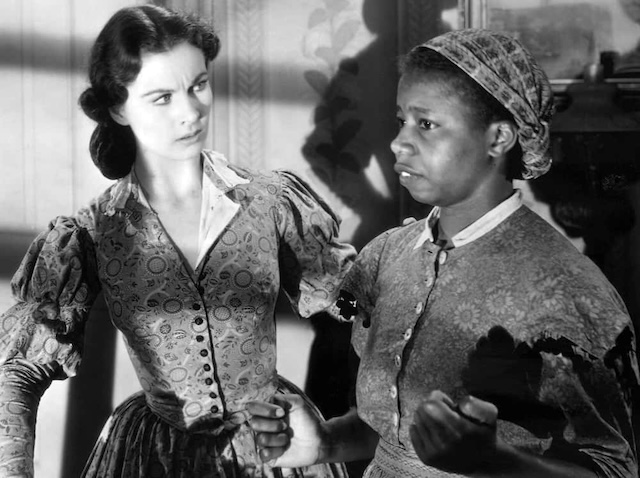
Vivien Leigh delivered an Oscar-winning performance as Scarlett O’Hara, but behind the scenes, she struggled with severe mental health issues. Leigh suffered from bipolar disorder, which led to extreme mood swings and unpredictable behavior on set.
Her personal life also added to her distress. She was involved in an affair with Laurence Olivier, which created additional pressure. Combined with the grueling demands of the film, her mental state deteriorated. Her struggles continued throughout her career, affecting her later performances and personal life.
victor fleming’s breakdown
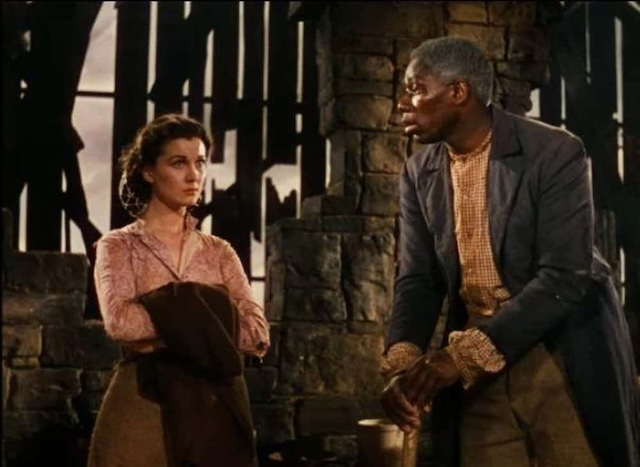
Victor Fleming, who took over directing duties after George Cukor’s dismissal, faced immense pressure from Selznick to complete the film on time. The relentless workload eventually took its toll, leading to a nervous breakdown.
Fleming temporarily stepped away from the project, requiring another director to step in during his absence. The constant stress and chaotic nature of the production pushed even the most seasoned professionals to their limits.
the exhausting search for scarlett o’hara
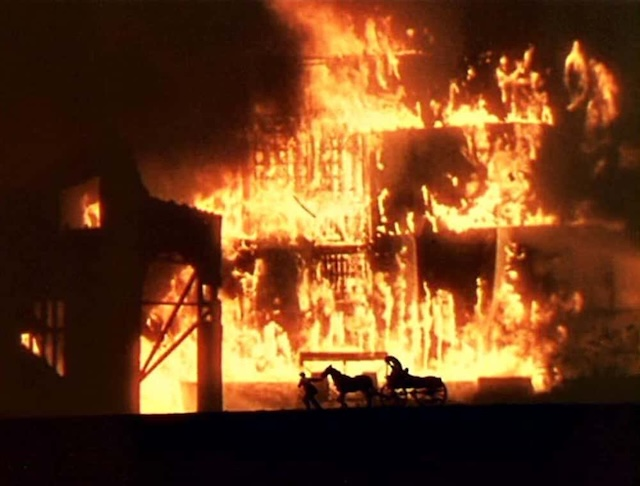
Selznick’s search for the perfect Scarlett O’Hara became legendary. Over 1,400 actresses were considered for the role, with major Hollywood stars like Katharine Hepburn and Bette Davis auditioning.
In the end, the role went to Vivien Leigh, a relatively unknown British actress. Her fierce determination and ability to embody Scarlett’s fiery personality won Selznick over. However, her casting sparked controversy among American audiences, with some fans of the novel objecting to a British actress playing the Southern heroine.
conclusion
Gone with the Wind is often remembered as one of the greatest films in Hollywood history, but its production was filled with conflict, controversy, and struggles that shaped its legacy. From racial discrimination to the personal battles of its stars, the making of this film exposed the dark realities of the Golden Age of Hollywood.
While the film continues to be celebrated, it also serves as a reminder of the challenges faced by those who worked on it, revealing the stark contrast between the glamour on-screen and the turmoil behind the scenes.
